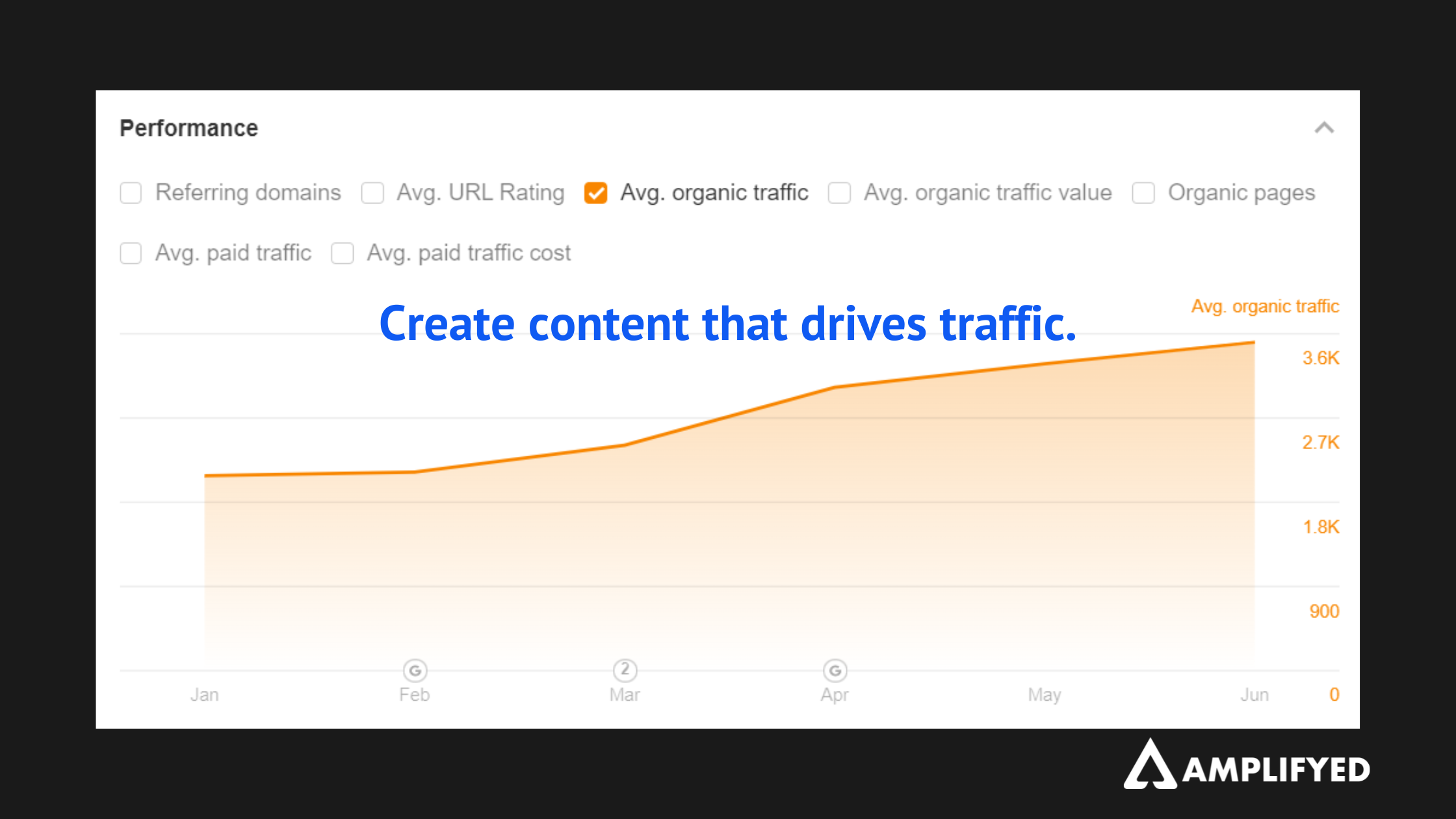Amplifying MRR for Growing Brands

The Premier SEO Agency for Cybersecurity and SaaS



Tired of having
content that
doesn’t rank?
You have a great product that people want. With the hard part out of the way, now it’s time to amplify your MRR by dominating the search engines. Few things are as sweet as an inbound sale.
Maybe you already have lots of content and just need it to rank. Or perhaps your company is earlier in its SEO journey and you aren’t sure where to start. We’ll build out a content queue (for your writers or ours) on topics that will drive traffic and nudge prospects into your sales funnel.
A successful SEO campaign is built from a combination of strong content, relevant backlinks, and technical SEO. Our proven process will increase your MRR within a few months and only go up from there.
What Clients are Saying

A Personalized Approach
Founder and President
Scott Johnson
We Focus On ROI
You’ll have access to a dashboard of the metrics that actually matter. Yes, it will include web traffic – we love traffic! – but it will also track the form submissions and calls that our cybersecurity and SaaS SEO strategies have delivered to your business.
Everything is ultra transparent because we’re confident in the results.

Our Latest Articles

Frequently Asked Questions
How is Amplifyed different from all the other SEO agencies?
Many digital marketing agencies have a page saying they know SaaS and cybersecurity, but they also have those pages for a dozen other industries like manufacturing and healthcare.
Not us. We’re all in on content-driven SEO for cybersecurity companies & SaaS brands.
Because of our narrow focus on B2B SEO strategy, everyone on our team is a master at what they do.
Our business is complicated and no one but us can write about our services. How can you do content-driven SEO for us?
Then we’ll draft a detailed content brief with suggested word count, internal & external links to include, and more, so your content will get to the top of Google!
SEO seems like this secret black box. What exactly do you guys do?
The backbone of an effective SEO campaign is the strategy. By strictly offering a Cybersecurity and SaaS SEO service, we know exactly how to build a clear game plan that will earn your business higher rankings in Google.
Then we hit the ground running on implementation. This will be a cocktail of content, backlinks, and technical SEO.
• Content is by far the most important. Your site will shoot up the rankings once you have keyword-optimized content about topics people actually care about.
• Building backlinks will boost your rankings even higher to generate more juicy SaaS leads.
• The role of technical SEO is to make sure that your site doesn’t have issues that are sabotaging your rankings.
How much do your SEO plans cost?
We need to learn more about your business first. It takes different strategies to get you to the top of Google if you’re a B2B SaaS or cybersecurity company in a hyper-competitive market compared to a business with minimal competition.
Whichever it is, you will see a jump in rankings in our first quarter working together.
How long until I see results?
Can you still do our SEO but we handle the website updates?
Our only ask is if that you make the updates expeditiously. It will only delay your results if the updates are sitting in the queue for weeks at a time!
Do you require annual contracts?
What is the next step?
That will allow us to research your ideal buyer and the most lucrative search phrases for your business. Then we’ll deliver a powerful SEO roadmap with three options to get you there.
How is Amplifyed different from all the other SEO agencies?
Many digital marketing agencies have a page saying they know SaaS and cybersecurity, but they also have those pages for a dozen other industries like manufacturing and healthcare.
Not us. We’re all in on content-driven SEO for SaaS brands & cybersecurity companies.
Because of our narrow focus on B2B SEO strategy, everyone on our team is a master at what they do.
Our business is complicated and no one but us can write about our services. How can you do content-driven SEO for us?
Then we’ll draft a detailed content brief with suggested word count, internal & external links to include, and more, so your content will get to the top of Google!
SEO seems like this secret black box. What exactly do you guys do?
The backbone of an effective SEO campaign is the strategy. By strictly offering a SaaS and cybersecurity SEO service, we know exactly how to build a clear game plan that will earn your business higher rankings in Google.
Then we hit the ground running on implementation. This will be a cocktail of content, backlinks, and technical SEO services.
• Content is by far the most important. Your site will shoot up the rankings once you have keyword-optimized content about topics people actually care about.
• Building backlinks will boost your rankings even higher to generate more juicy SaaS leads.
• The role of technical SEO is to make sure that your site doesn’t have issues that are sabotaging your rankings.
How much do your SEO plans cost?
We need to learn more about your business first. It takes different strategies to get you to the top of Google if you’re a B2B SaaS or cybersecurity company in a hyper-competitive market compared to a business with minimal competition.
Whichever it is, you will see a jump in rankings in our first quarter working together.
How long until I see results?
Can you still do our SEO but we handle the website updates?
Our only ask is if that you make the updates expeditiously. It will only delay your results if the updates are sitting in the queue for weeks at a time!
Do you require annual contracts?
What is the next step?
That will allow us to research your ideal buyer and the most lucrative search phrases for your business. Then we’ll deliver a powerful SEO roadmap with three options to get you there.
















